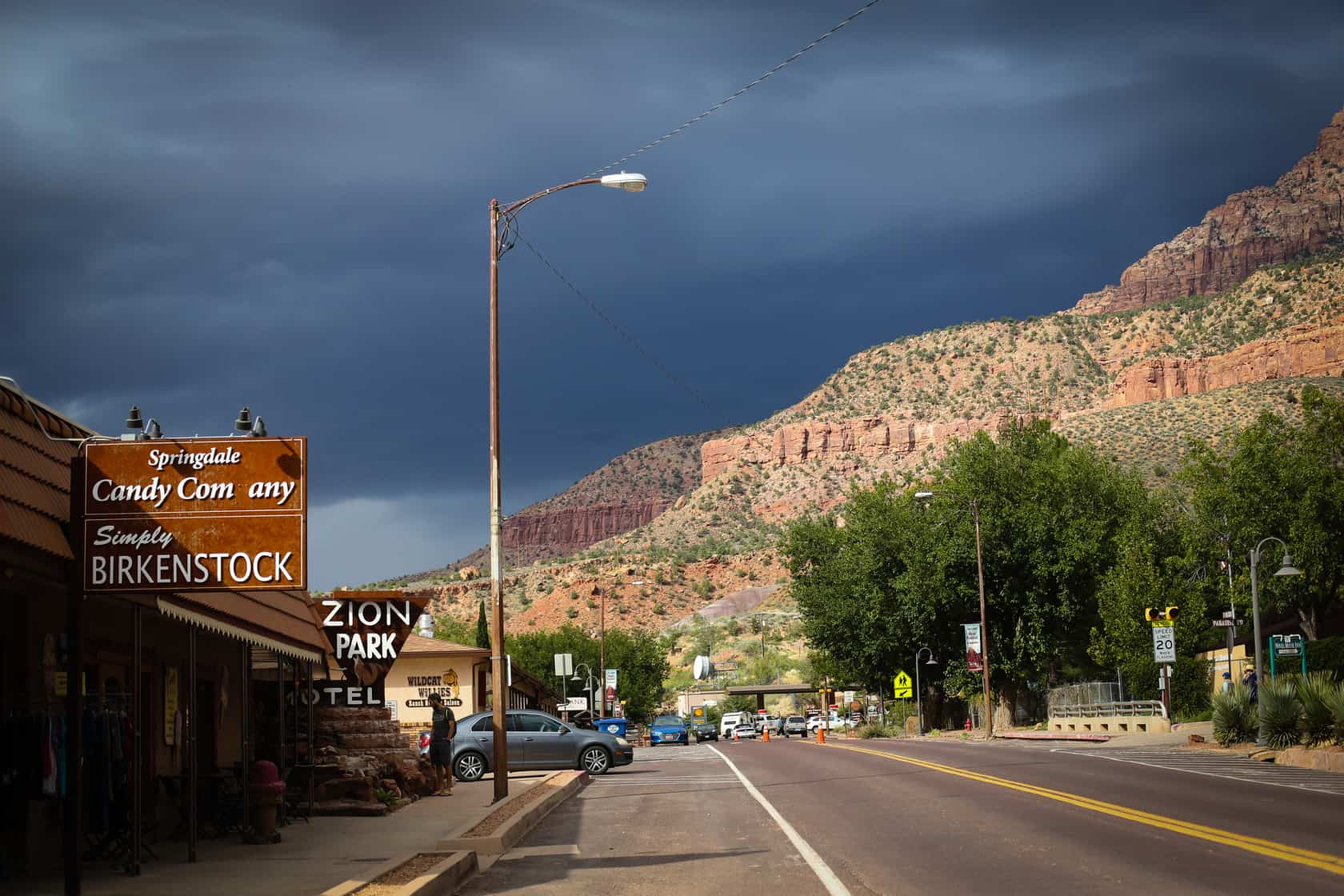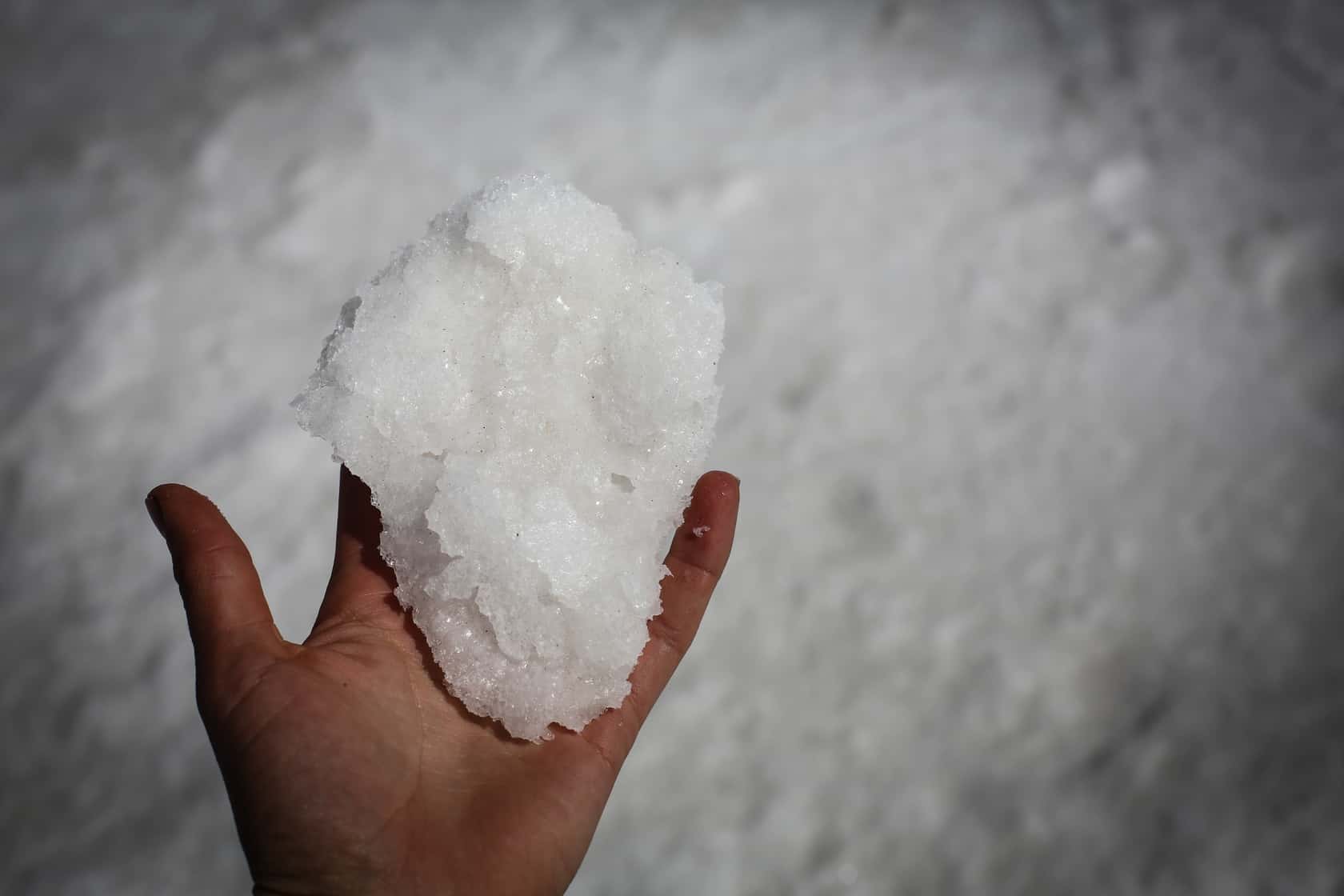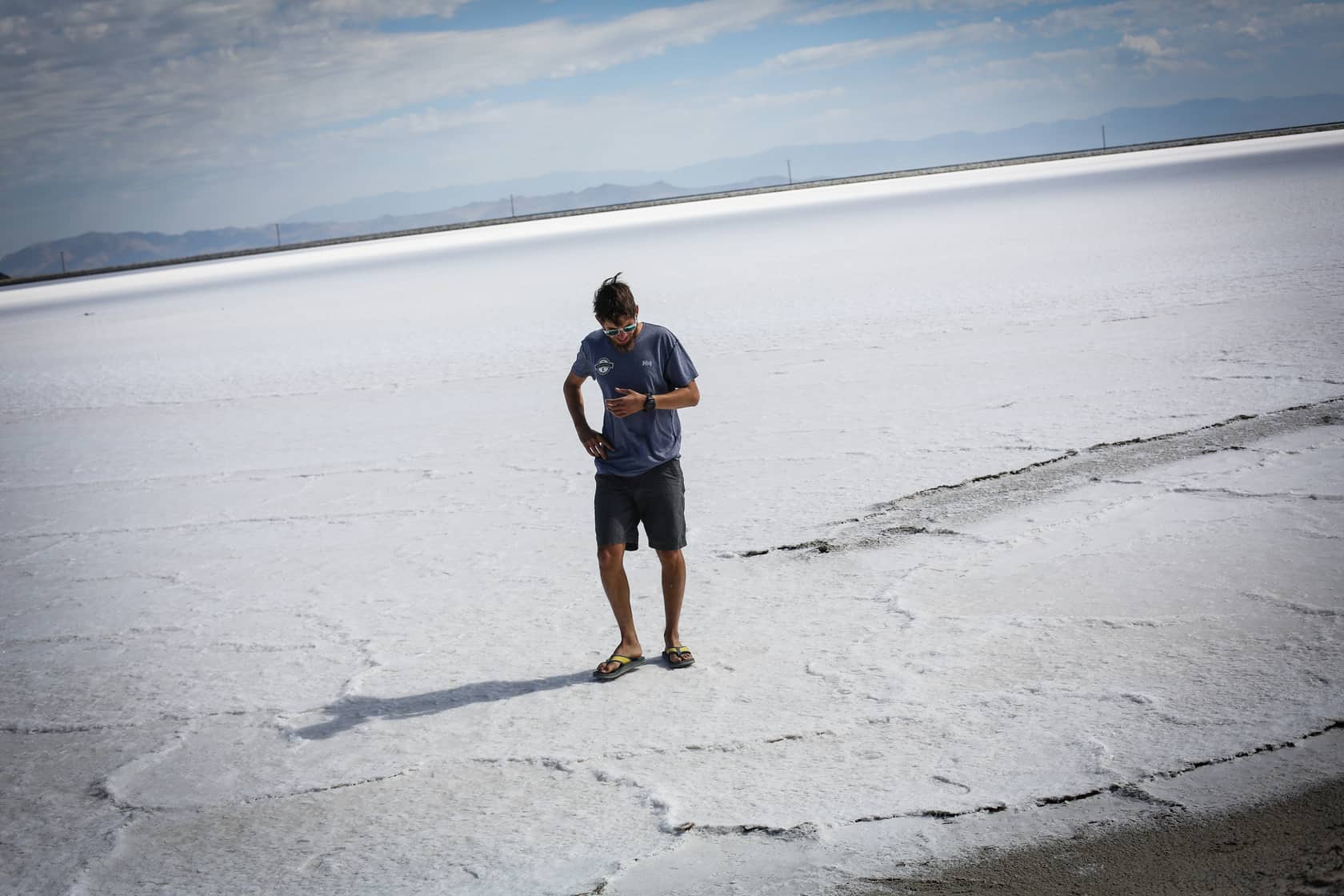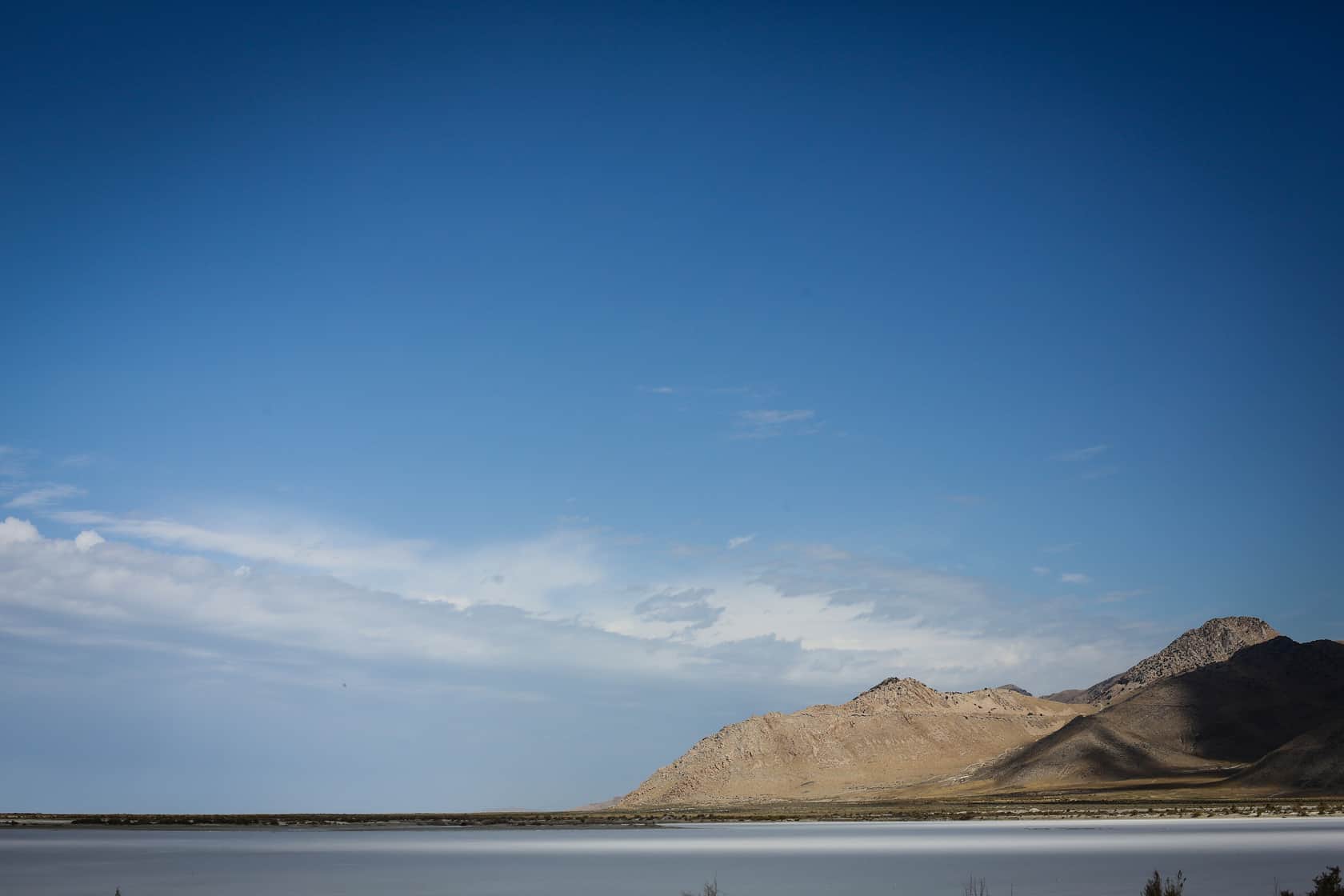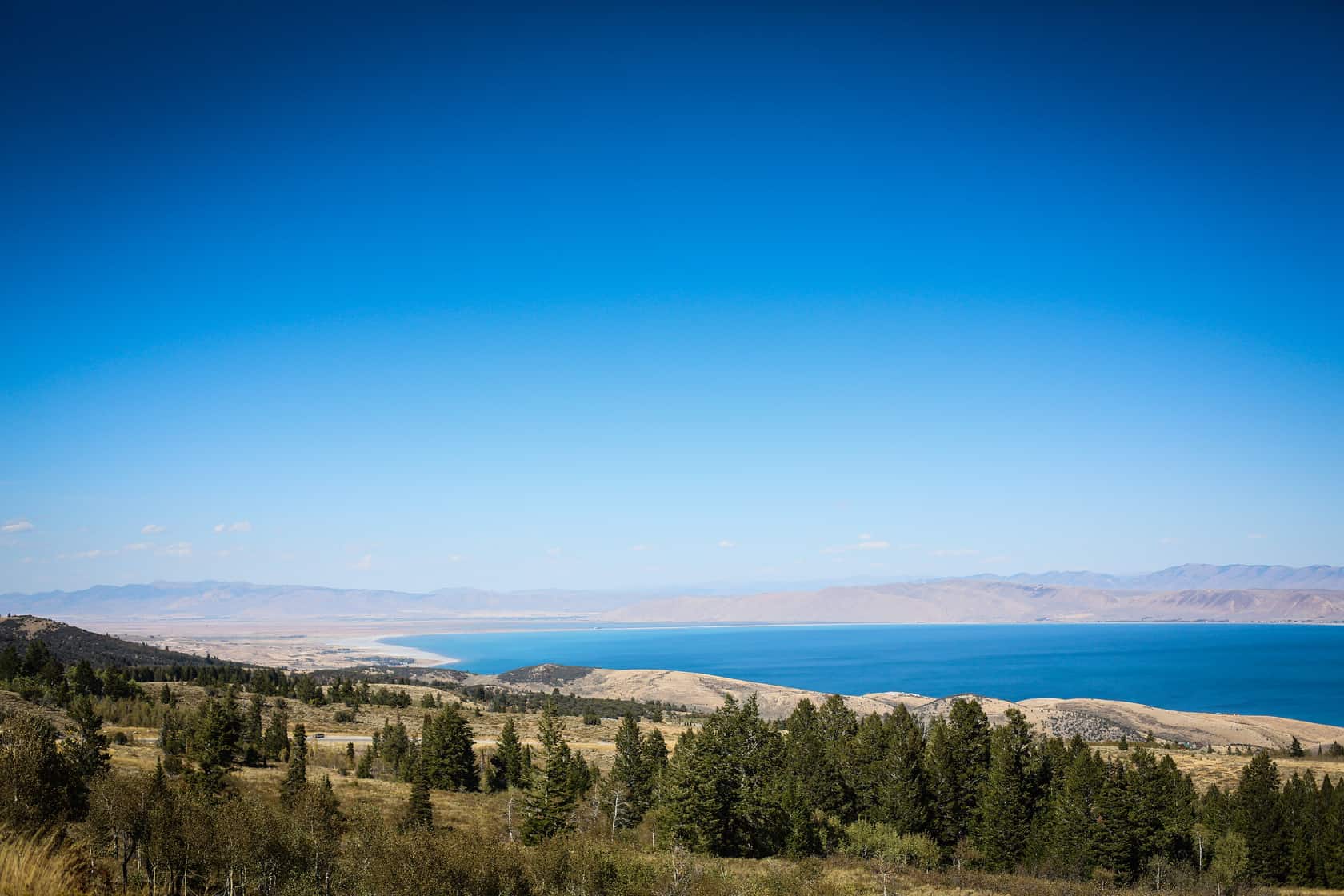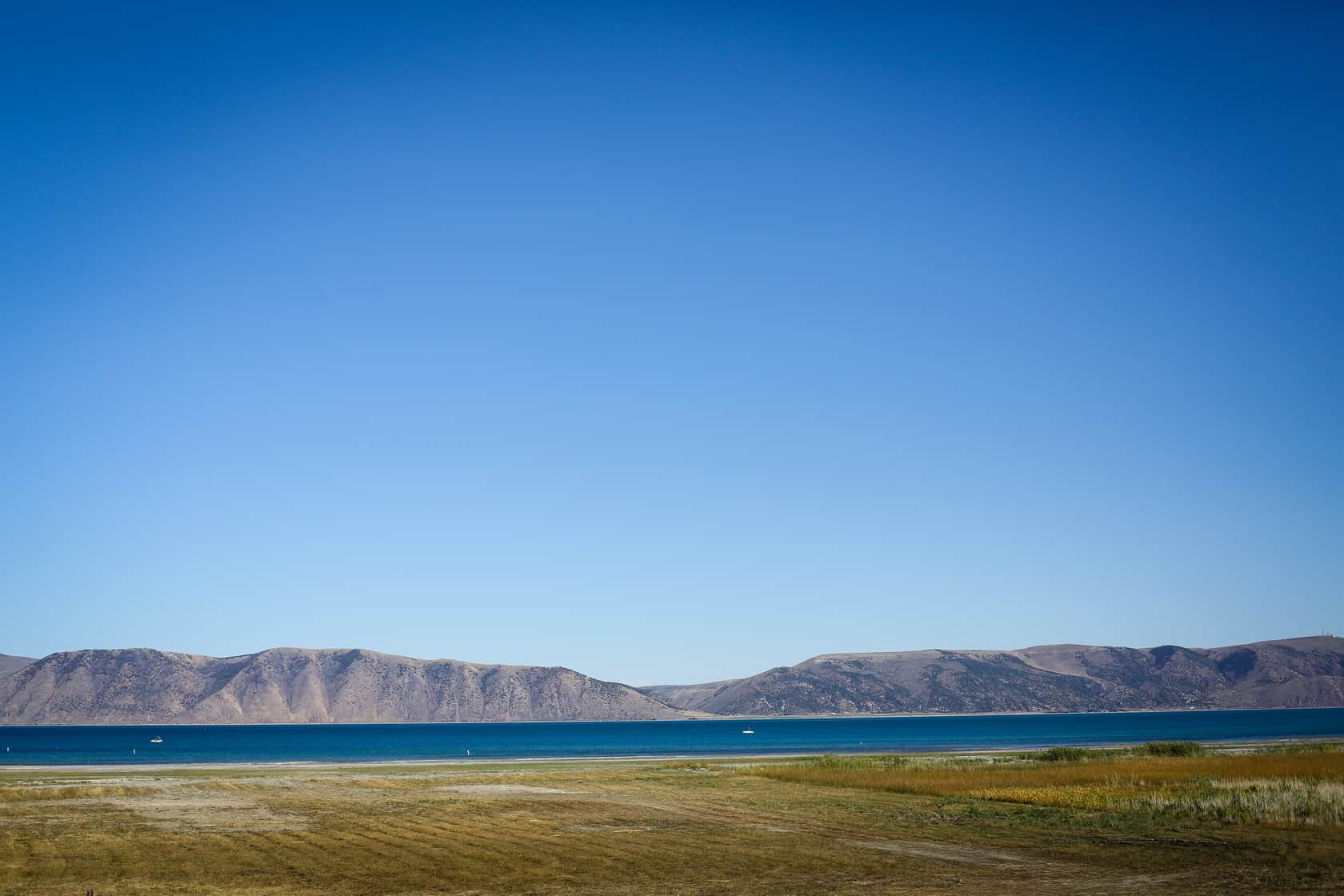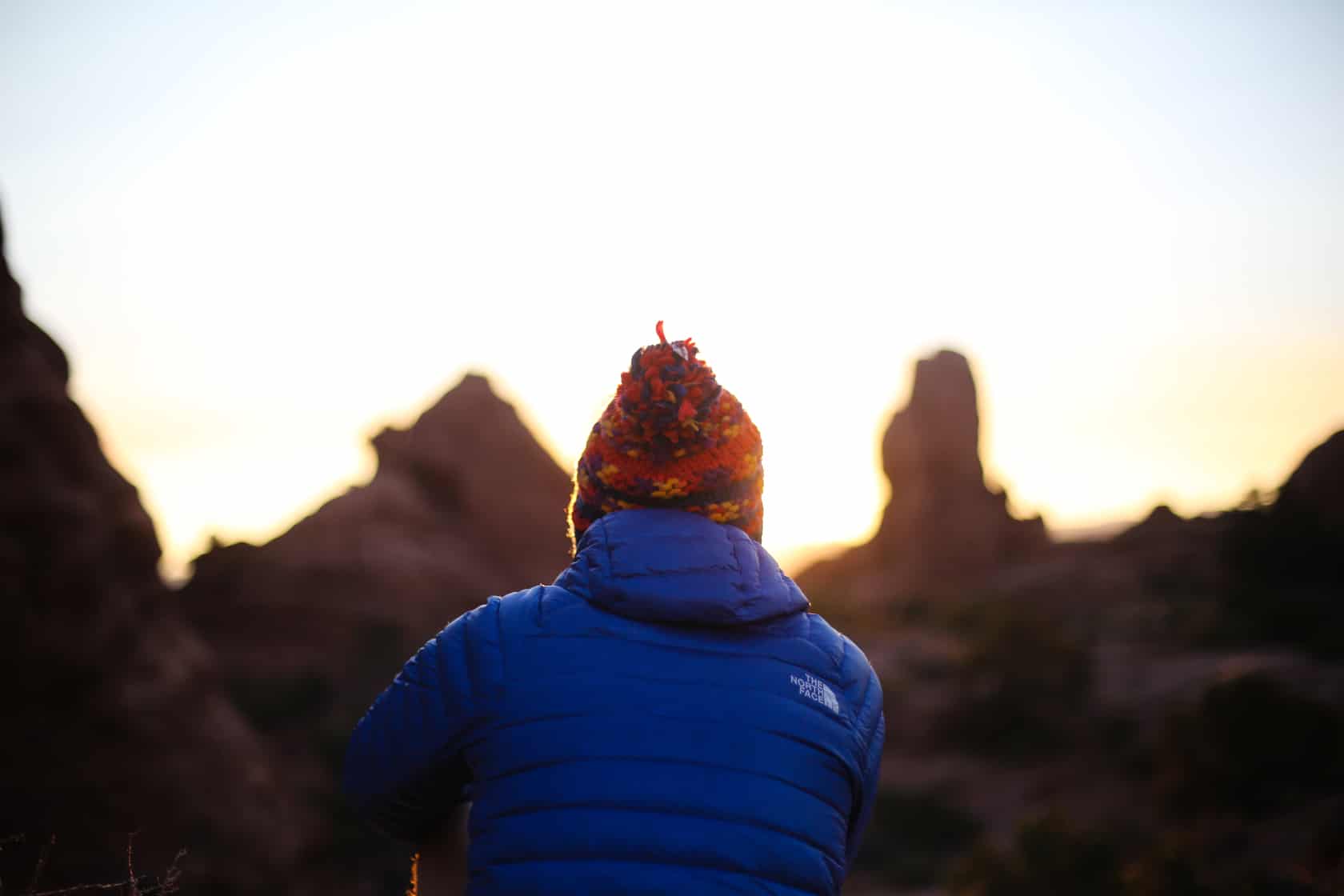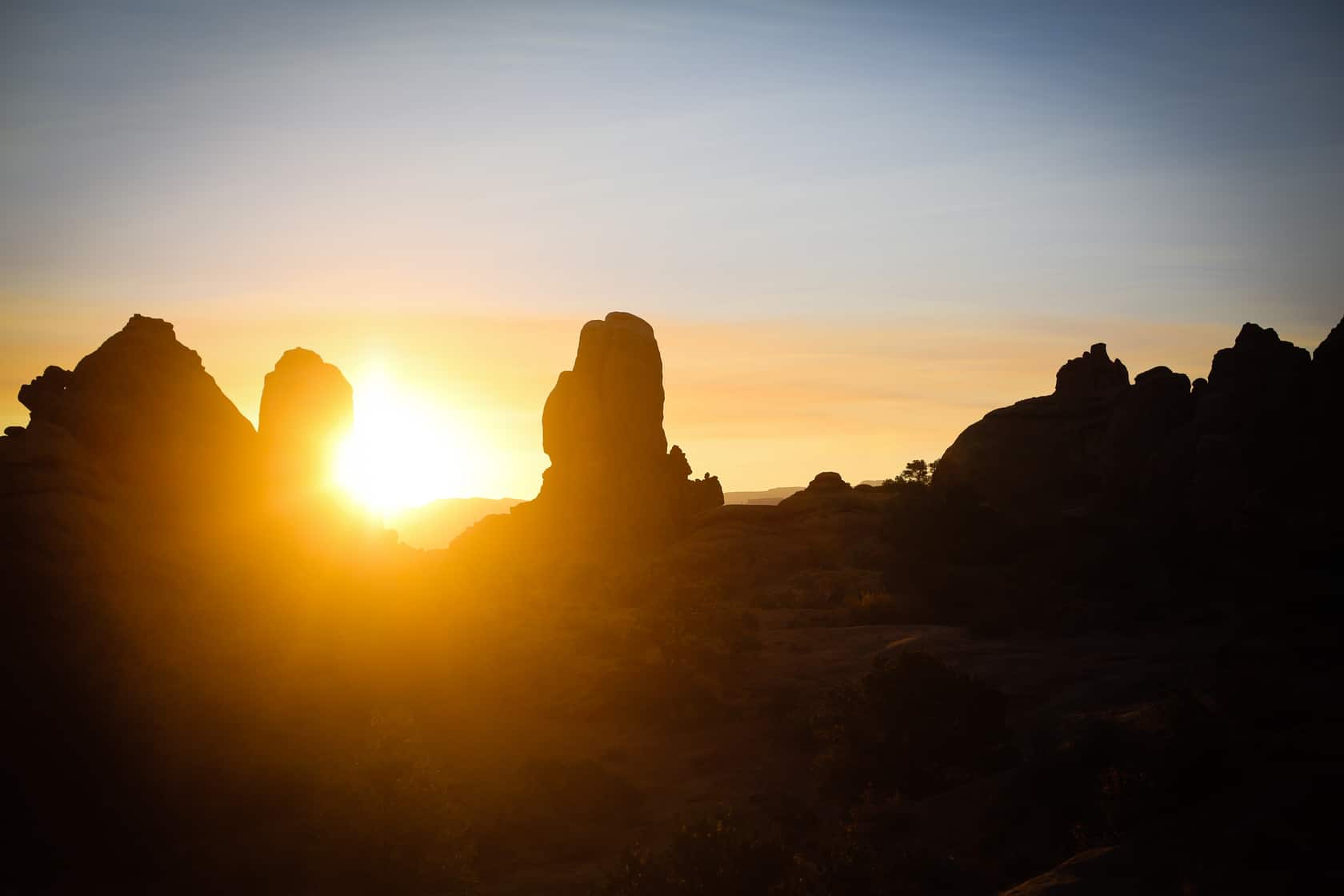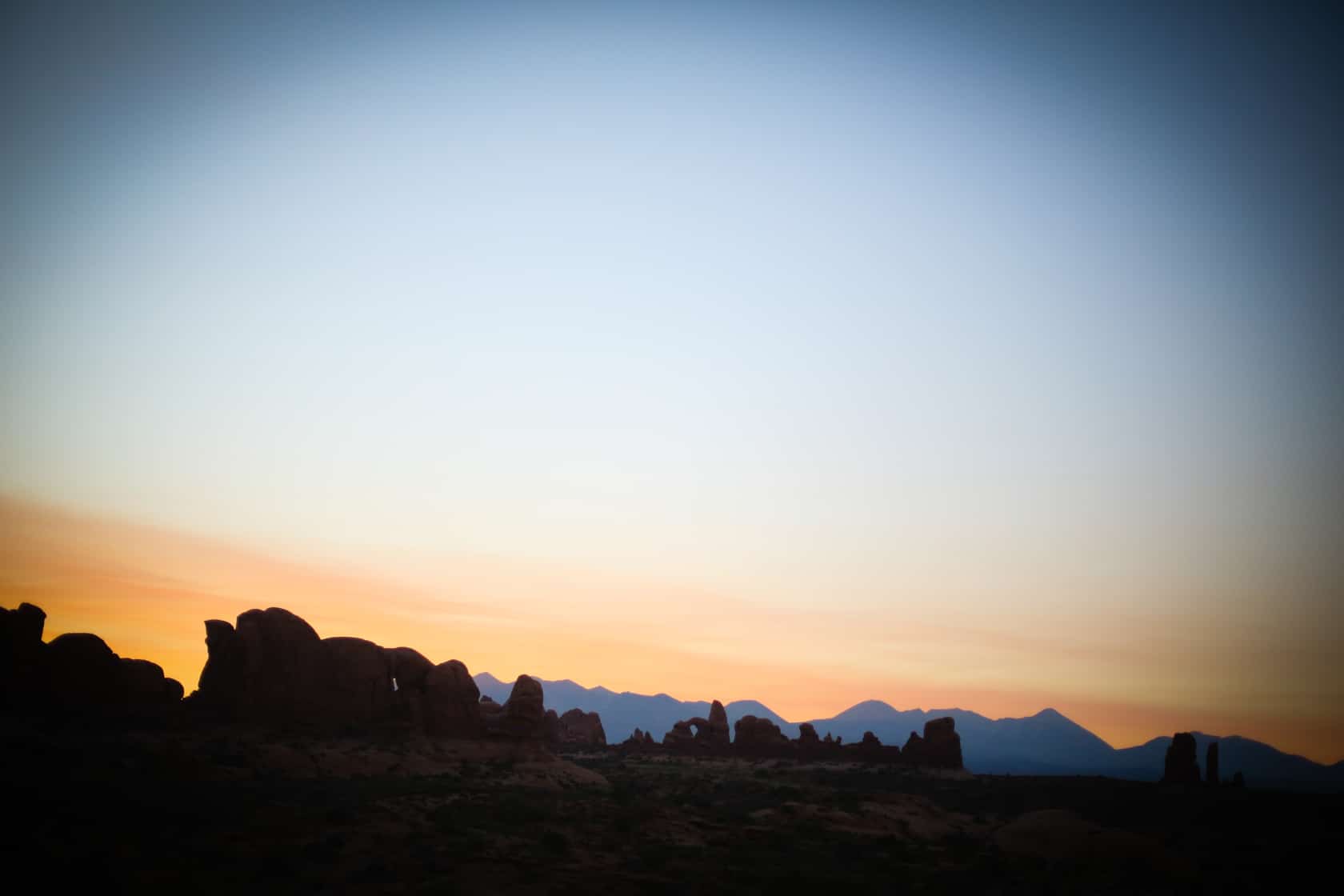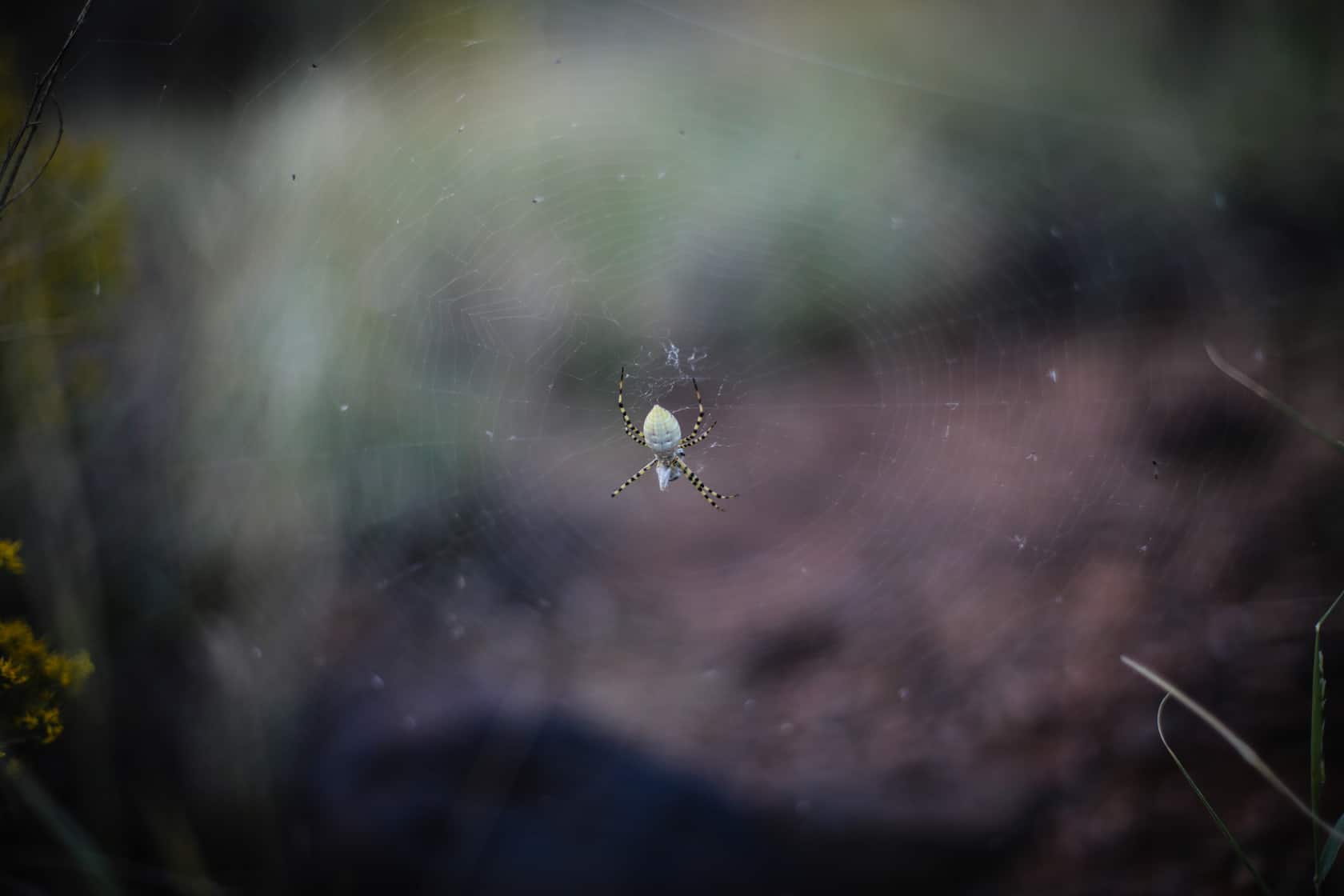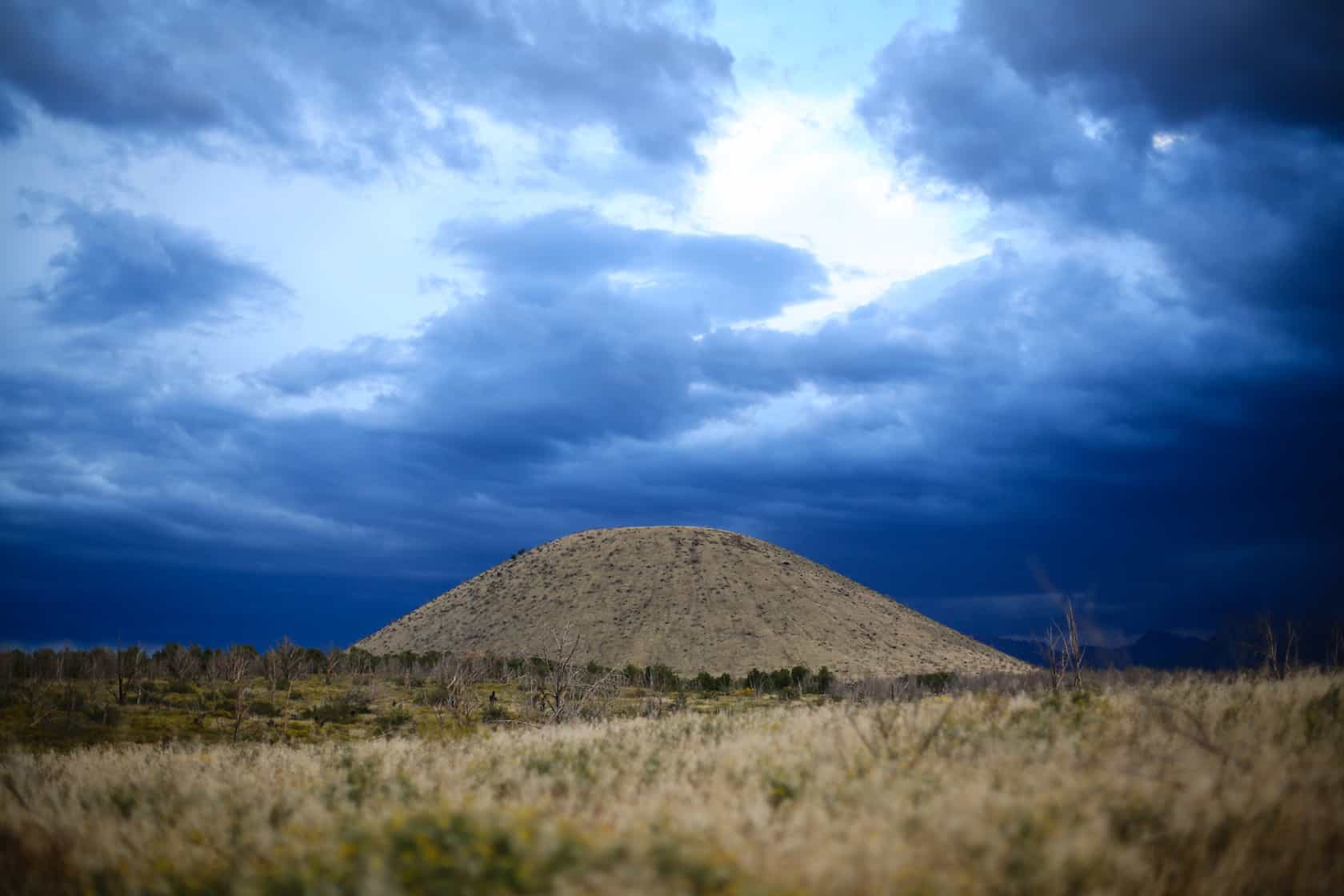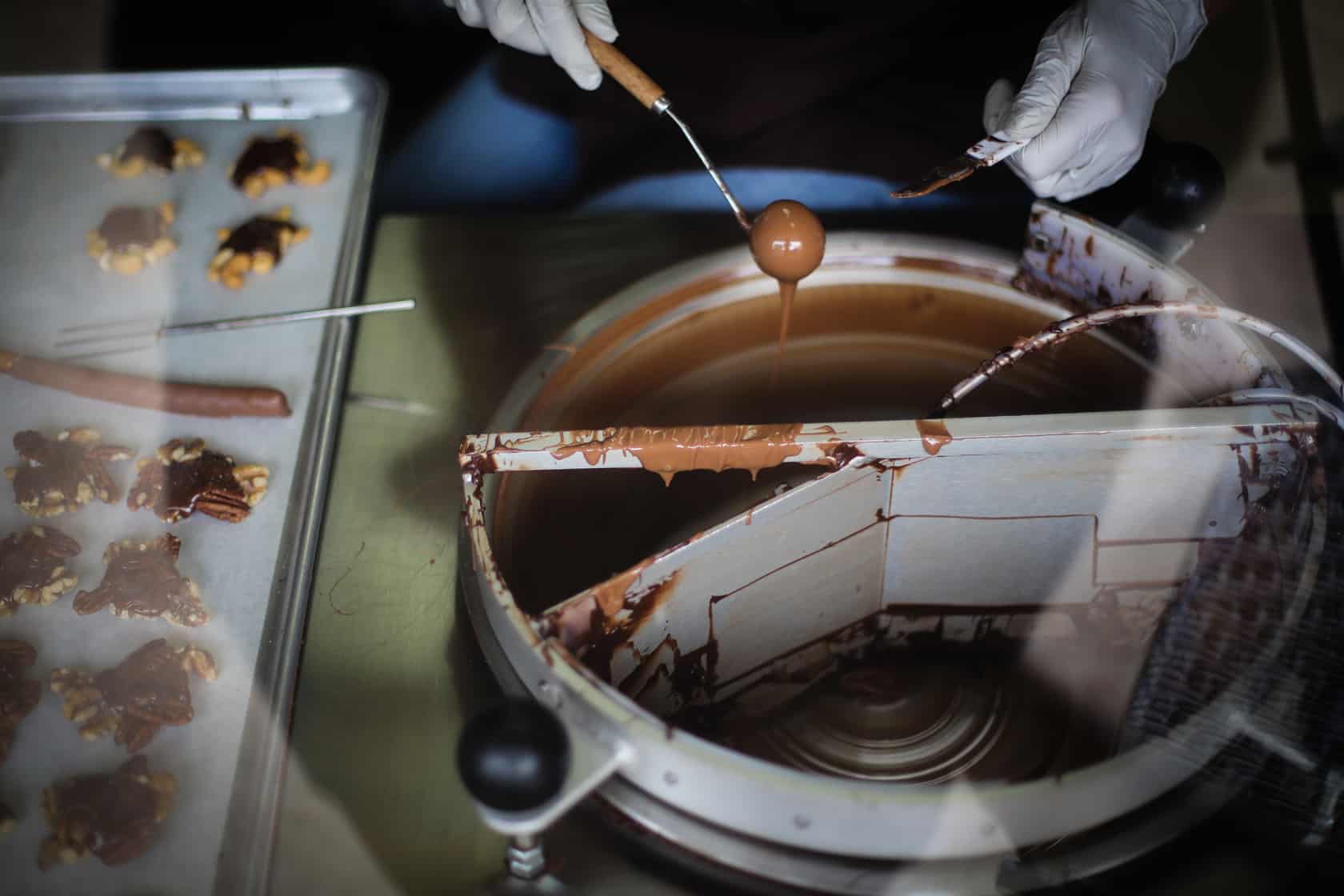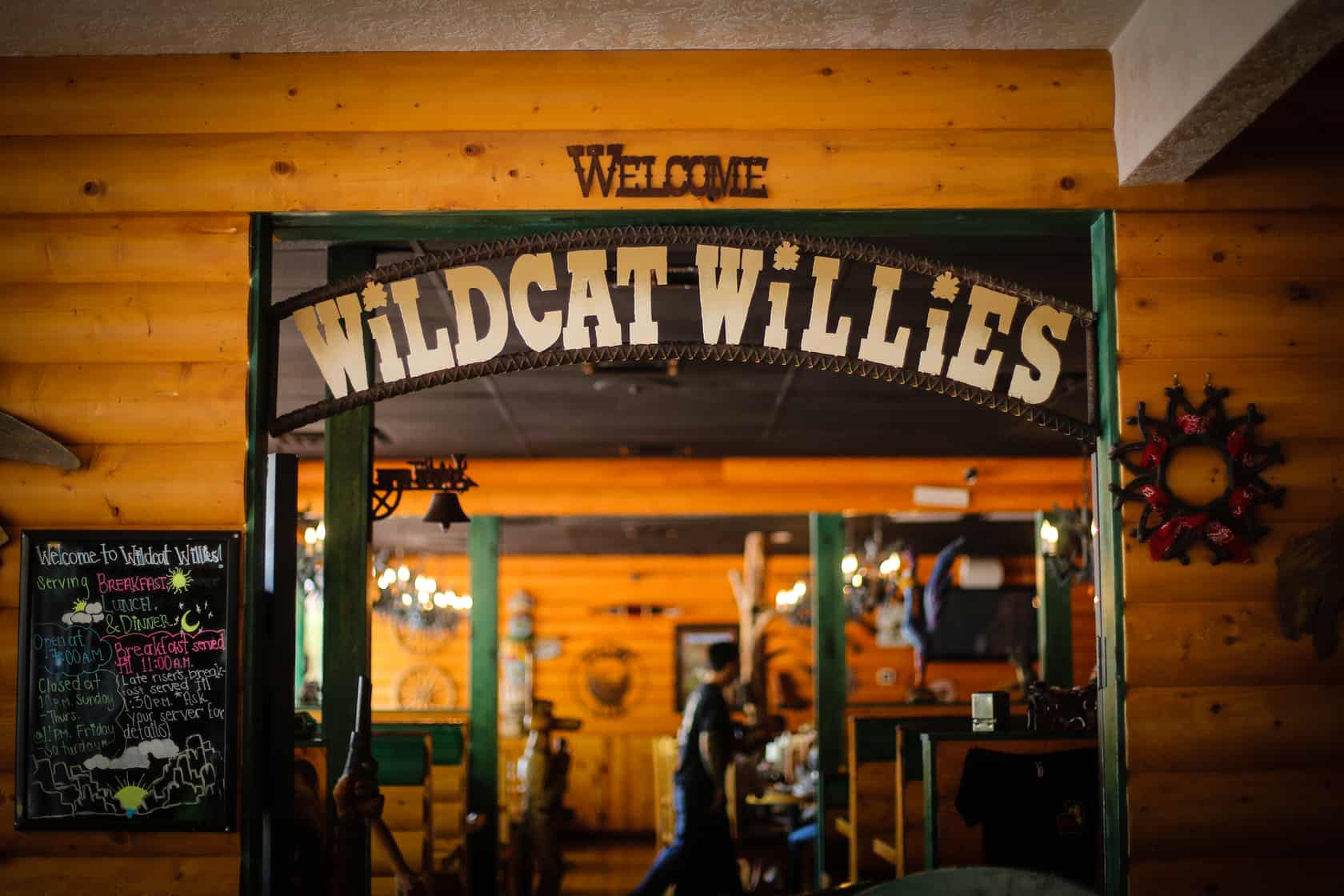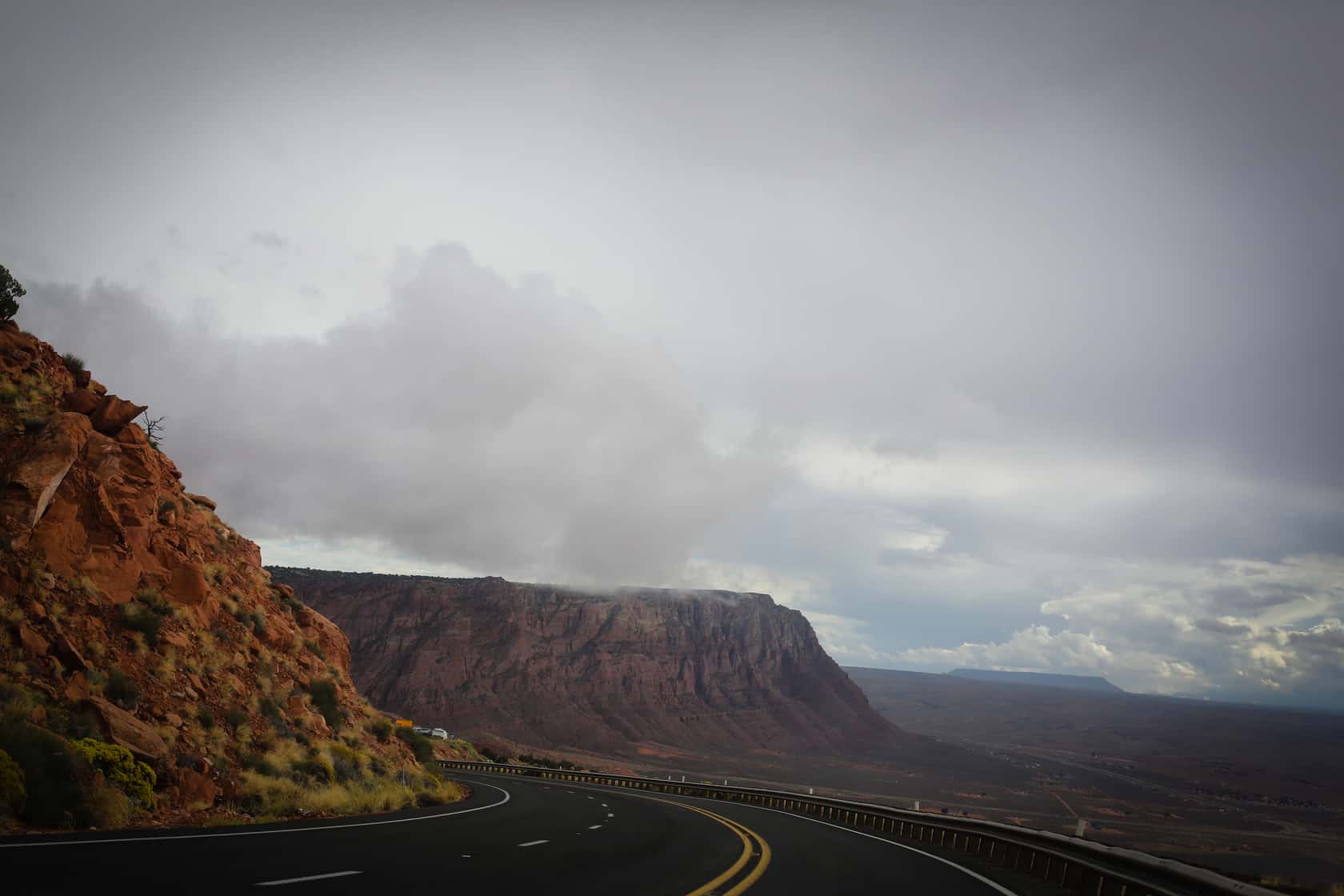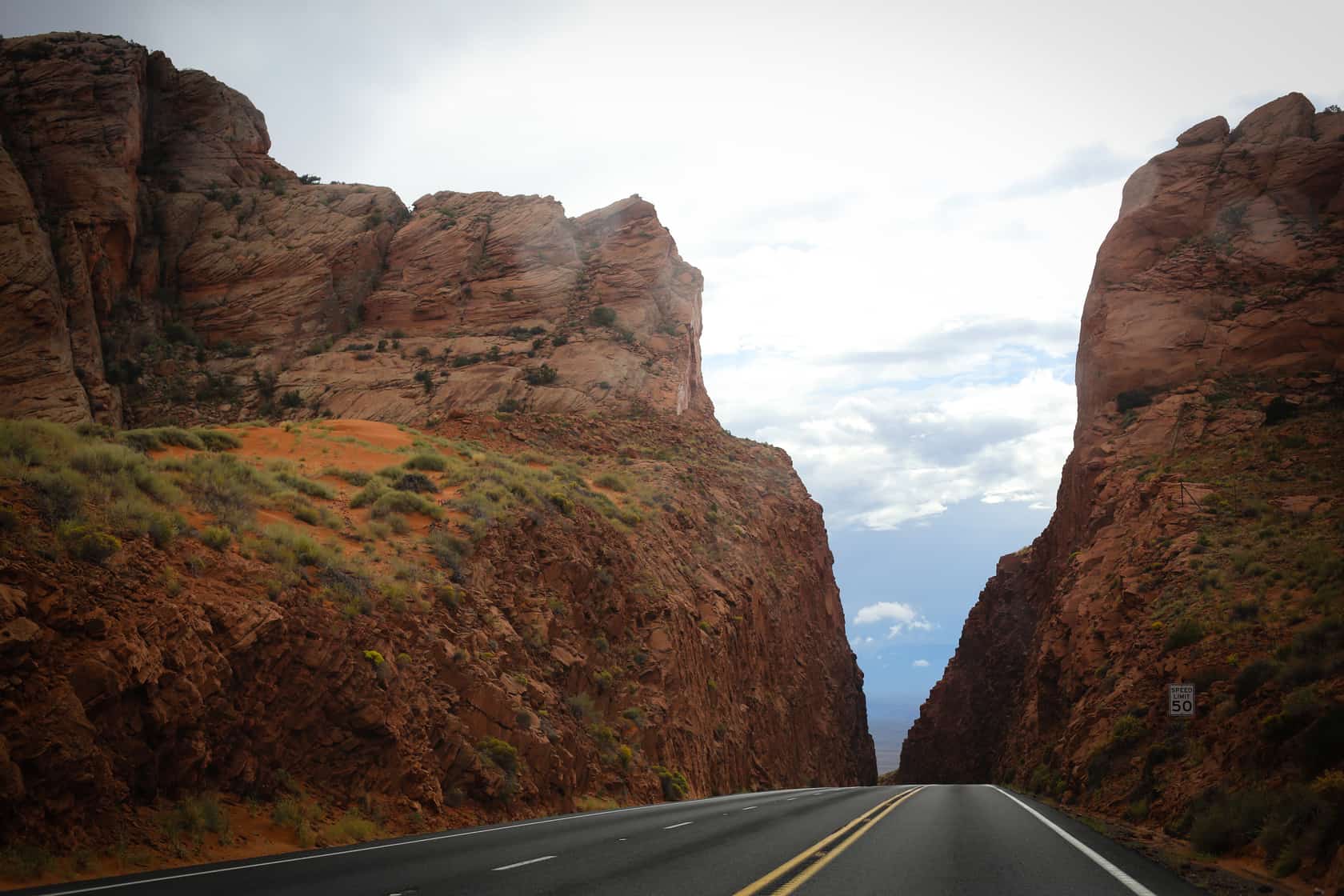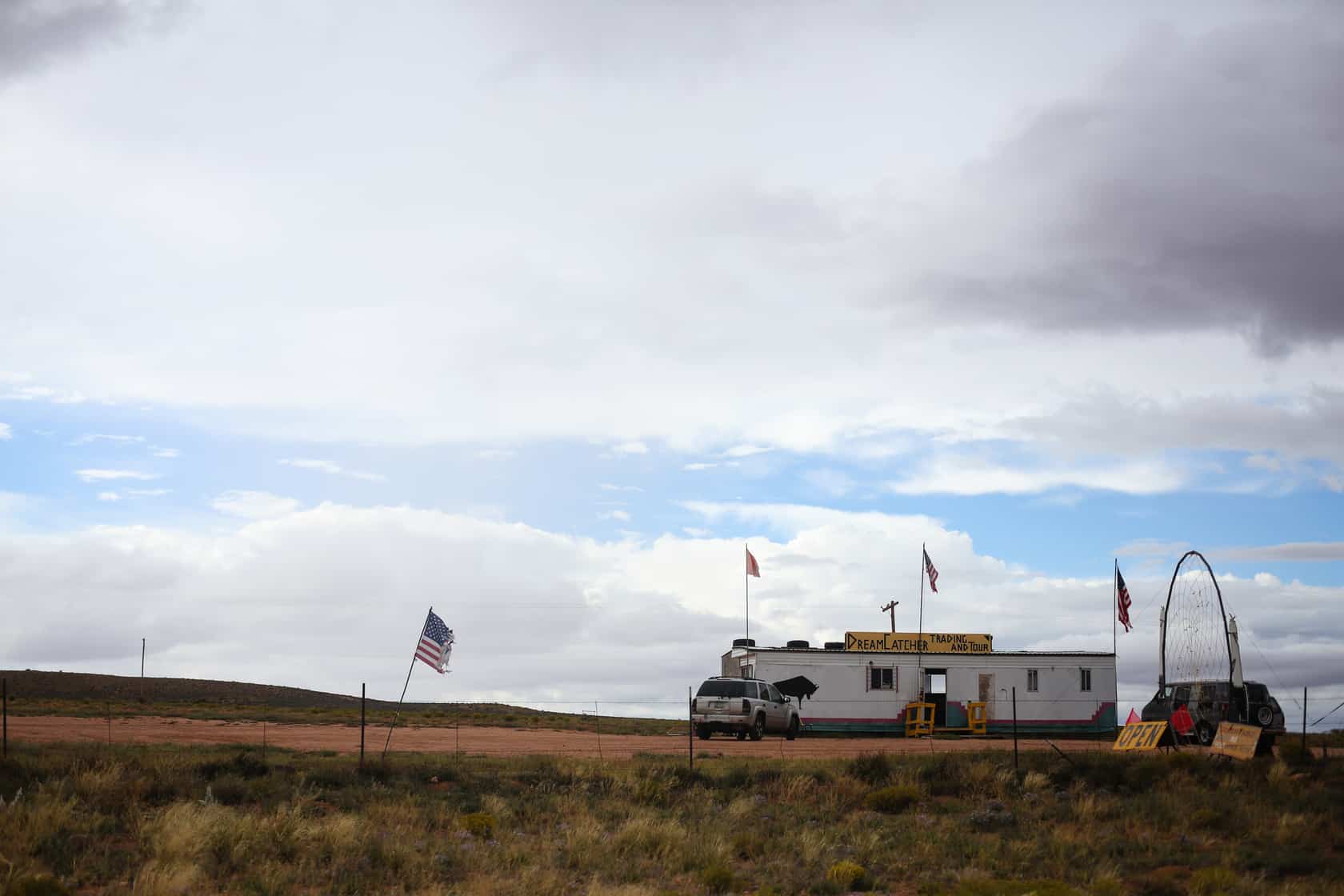"I shivered in those solitudes when I heard the voice of the salt in the desert.” Pablo Neruda, “Ode to Salt”
September 2016: a month, give or take a few days, of tracing Utah’s black asphalt veins. From the north to the south and back north again, from red, powdery rock to soft pines and back. Utah was and is many things: home to five national parks, and home to the nation’s highest peaks on average. Utah has served as the inspiration for many great authors and activists, and continues to instill wonder for those who spend time within her borders. Here are the daydream impressions of my time as a photographer in the state.
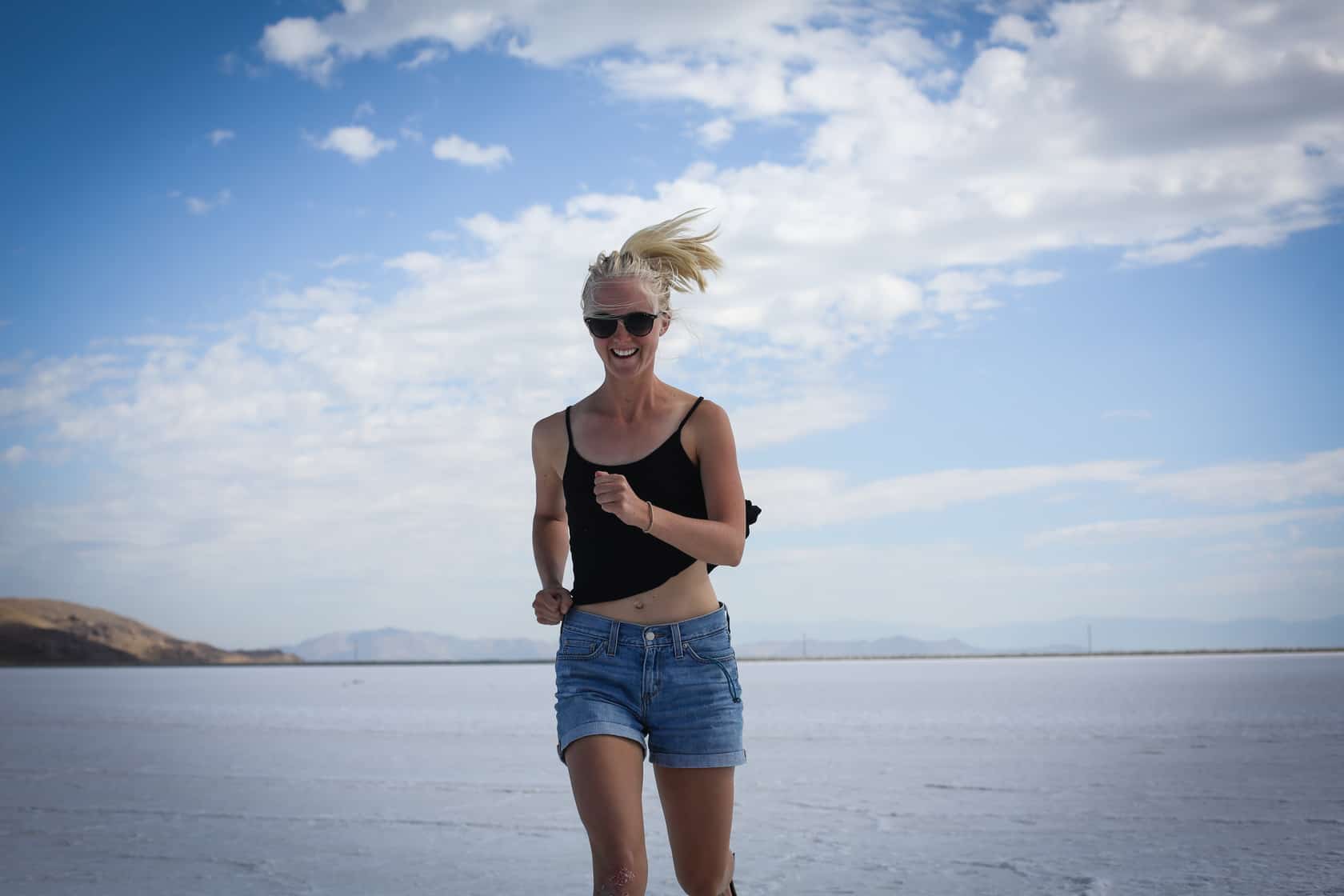
The salt flats outside aptly named Salt Lake City stretch for miles upon crunchy miles. You feel it on your skin, in the air, on your tongue. The flats are almost squishy—not hard, like you might expect—and the salt crumbles into flakes when picked up.
“A man could be a lover and defender of the wilderness without ever in his lifetime leaving the boundaries of asphalt, power lines, and right-angled surfaces. We need wilderness whether or not we ever set foot in it. We need a refuge even though we may never need to set foot in it. We need the possibility of escape as surely as we need hope; without it the life of the cities would drive all men into crime or drugs or psychoanalysis.” Edward Abbey, Desert Solitaire
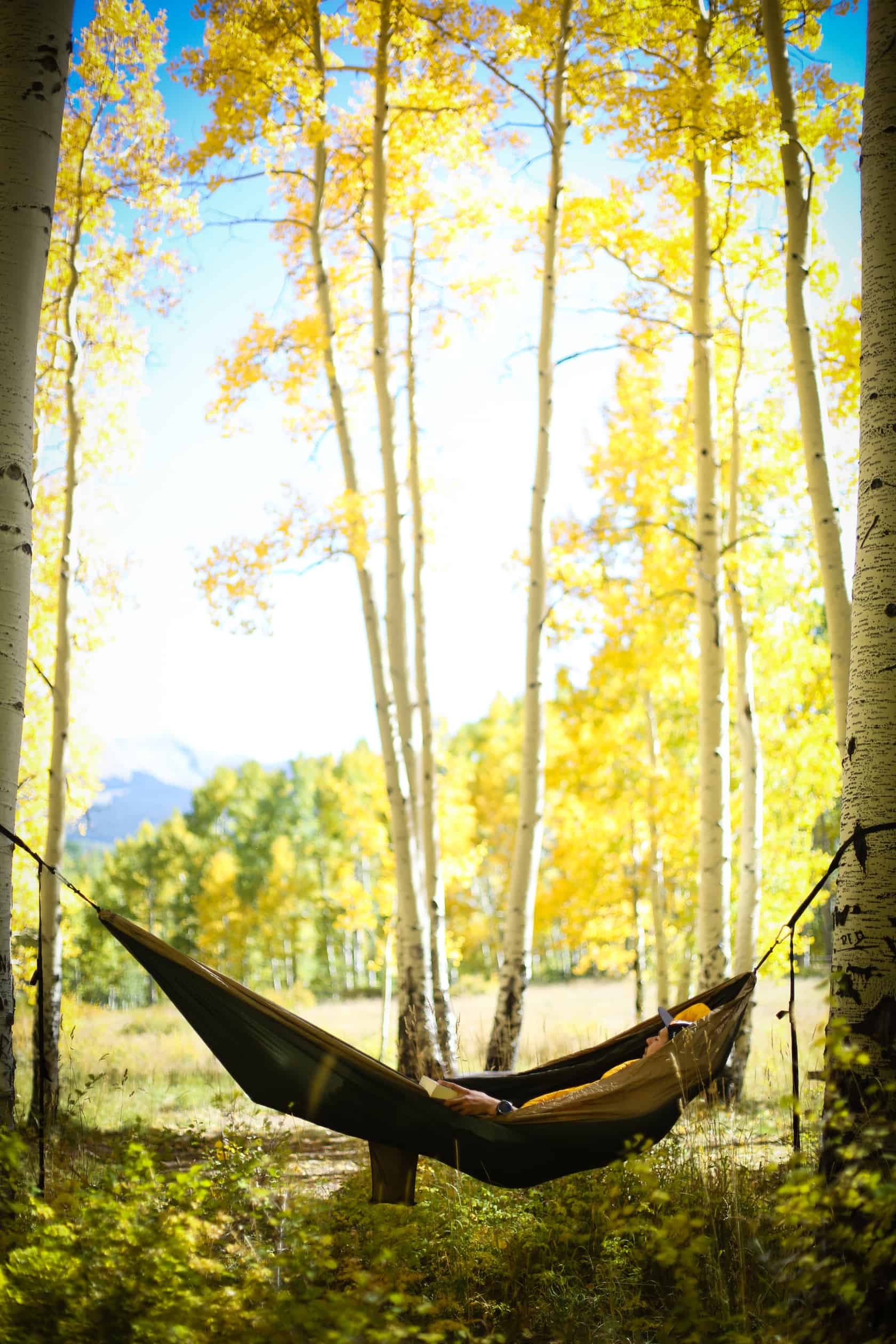
I have to say that Utah was the state with the most surprises. It’s a little embarrassing to admit that I’d imagined the state so stereotypically, but really, I’d expected desert and nothing more. Utah does indeed deliver desert—but it serves up forest, mountain, lake, and snow right alongside.
Despite its pockets of lush vegetation, the state suffers from drought. Certain counties in Utah have received “primary natural disaster” qualifications throughout the past couple of years, meaning that the rainfall is so drastically below average that emergency measures need to be taken.
There are a few divisive options for Utah when it comes to alleviating the burden of water scarcity. There have been proposed pipelines (the Lake Powell Pipeline, for example.) Such options, however, are unappealing from an environmental perspective. The Utah chapter of the Sierra Club suggests, instead: “conservation, wise and efficient use of local water supplies, water re-use, and pricing strategies.”
Arches National Park is as picturesque as the postcards. However, for anyone looking to visit, a tip: get to the arches before the sun does. I visited the park in late September, and truth be told, was imagining there’d be a lack of three things: heat, crowds, and as a photographer, harsh lighting. (Somewhere I got the idea that there’d be lovely, soft fall light. All day.) While this is the case before sunrise, the sun’s arrival also means a spike in temperature and in the number of people in the park.
Deciding to make use of the trails, my partner and I decided to turn our tour of Arches National Park into a jog. (Minus the first arch, to which we shuffled in flip-flops and wool socks with a thermos of coffee. Sunrise, baby.)
While this did confuse many who were hiking out to the various arch viewpoints—I’ll point out here that we made sure to be courteous and to jog slowly, always staying on the marked pathways to protect the surrounding’s fragile soil—it did leave each jaunt to an arch feeling a bit more adventurous.
"One thing that I noticed about car-living is that you begin to pay attention to the most minute details."
You start to notice how different the sunset looks in Utah than it does in Wyoming, and how the rocks’ shape is much more jagged here than there. You start to taste the difference in the air—one night, my partner laughed at me because I announced that I “liked the level of dryness” in the air of one particular town.
In addition to sensing differences, you also begin to observe details that your normal brain on a normal pace might miss: a spider picking her way along a web, a wispy cloud colored pink by the sunset, the sound of rain in the distance.
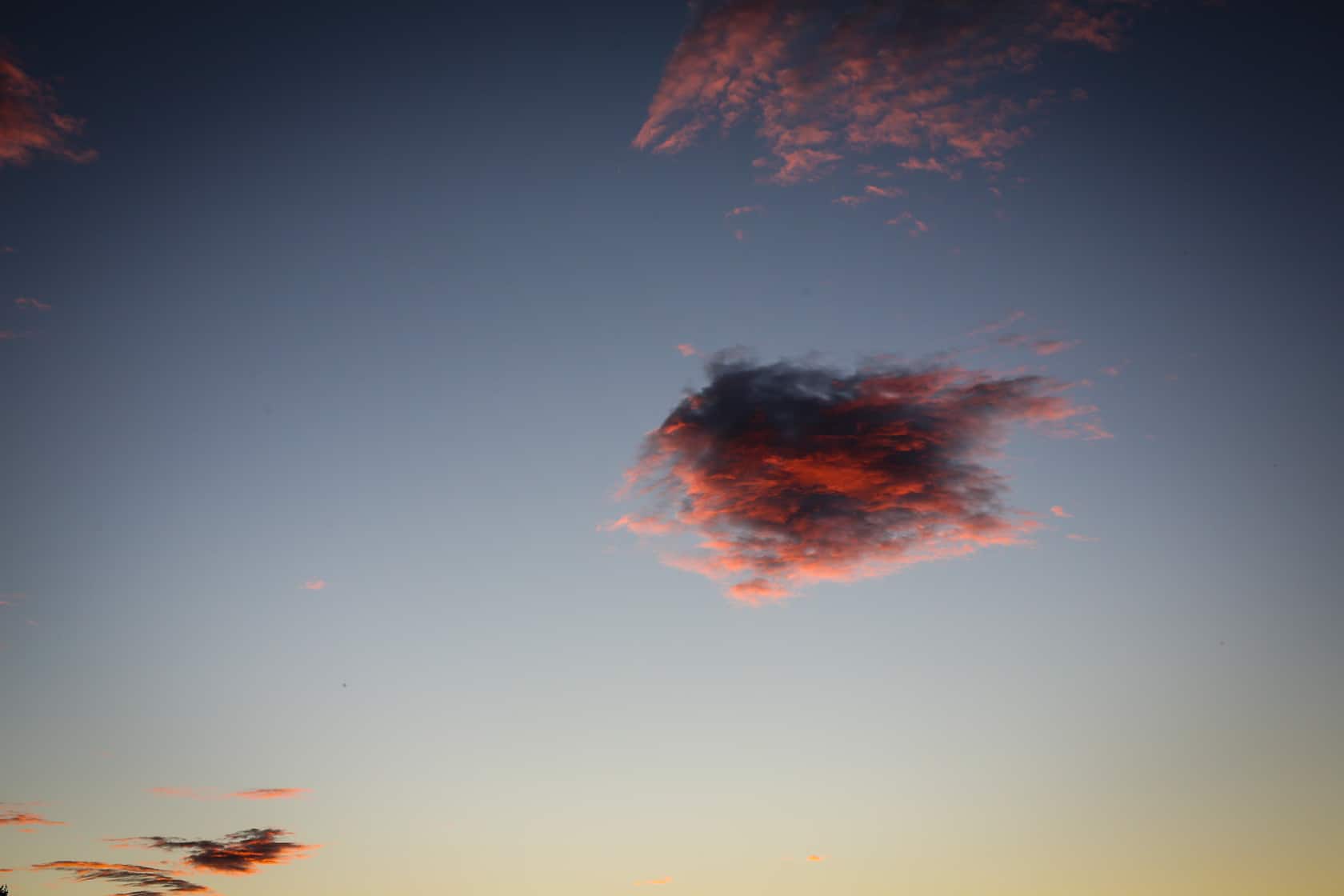
"It’s humbling to find yourself in climates where you are unfamiliar with—and uncomfortable with— the weather patterns."
Being from Michigan, I can tell you how to drive on ice/through a blizzard/insert other snow cliché here, and I can probably tell you if a thunderstorm will head north, south, or straight across the Great Lakes.
But the process of learning to decode the weather in other locales takes practice and caution. It’s breathtaking to watch a storm form miles and miles and miiiiiiiiles away—until that storm hurls itself in your direction, at your teeny Subaru on top of a not-teeny cliff. (Sorry, let me clarify. This is not hypothetical. This happened outside of Zion National Park.
Lightning. It’s the real deal, ladies and gents. It only takes one such weather encounter to drive you to read everything you can about storm safety in cars (and to begin to use our common sense.) At least we’re all endowed with the latter. Use it!
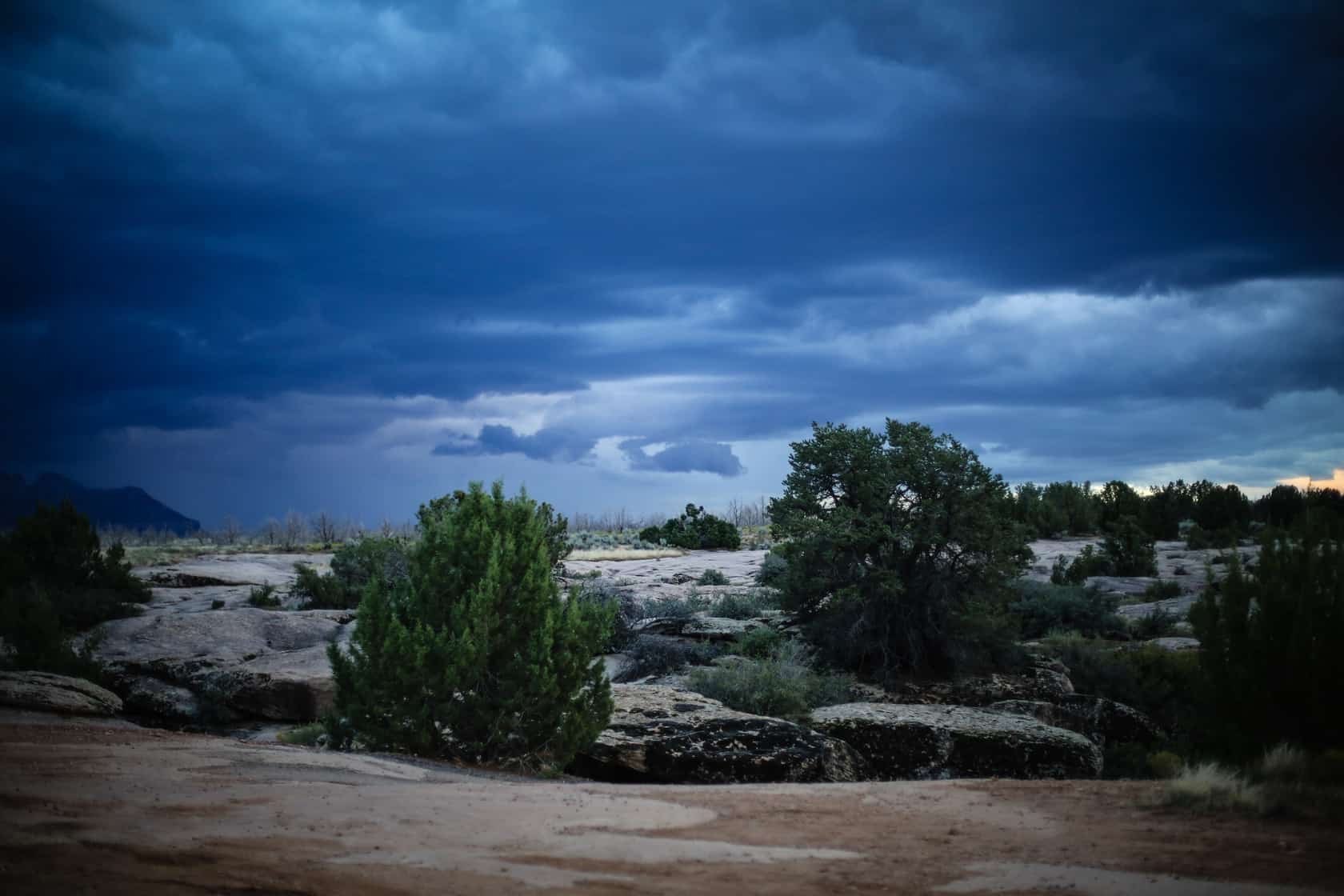
"To enter into Zion National Park, you’ll likely pass through a town named Springdale."
The outskirts are genuine—residential areas, small gardens, etc. The “downtown” area is somewhat fabricated for visitors, but in such an endearing way. There’s a mix of attitudes here: desert + mountains + Wild West.
The single main street snakes for a couple miles, and is dotted with hotels, local grocery stores, and gas stations with exorbitant prices. Towards the end, there’s a coffee shop with great scones (I tested) and a lonely Subway. Admittedly, the town was fairly empty when I visited in late September; this likely contributed to Springdale feeling quaint instead of crowded.
